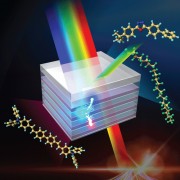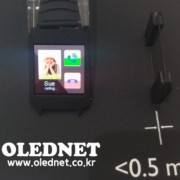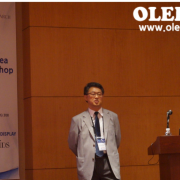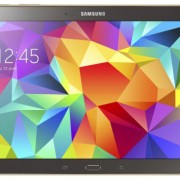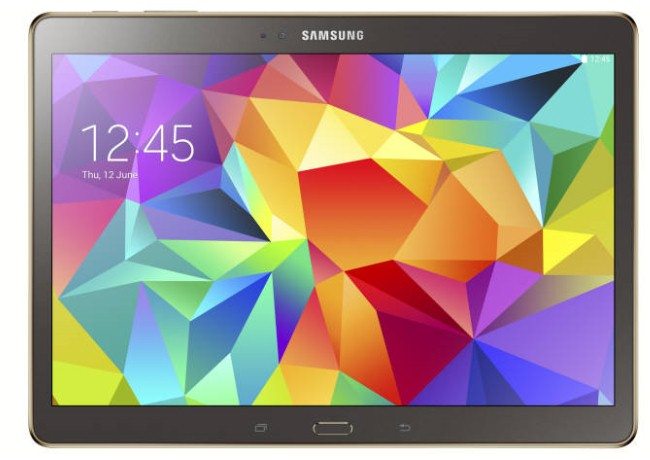Yamagata University develops low-voltage blue phosphorescence material
According to a Japanese media, Nikkei, organic device engineering professor Junji Kido of Yamagata University has developed a low-voltage blue phosphorescent material. It is a material that can be driven with a low-voltage of 2.5V and its external quantum efficiency is high as 30%.
Yamagata University has published a paper on a new material on a science magazine, 『Advanced Materials』, issued on June 27th, 2014. The peak of this materials wavelength is 474nm (band gap is 2.62eV) and the reduction of quantum efficiency is small in high brightness zone. Also, the external quantum efficiency is 30% in 100cd/m2 and 20% efficiency can be maintained in high brightness of 10,000cd/m2.
Yamagata University actively develops TADF (Thermal Activation Delay Fluorescent) technology, which makes fluorescent material to realize the similar efficiency close to phosphorescent material, and white OLED using printing technology other than the blue phosphorescent material.

